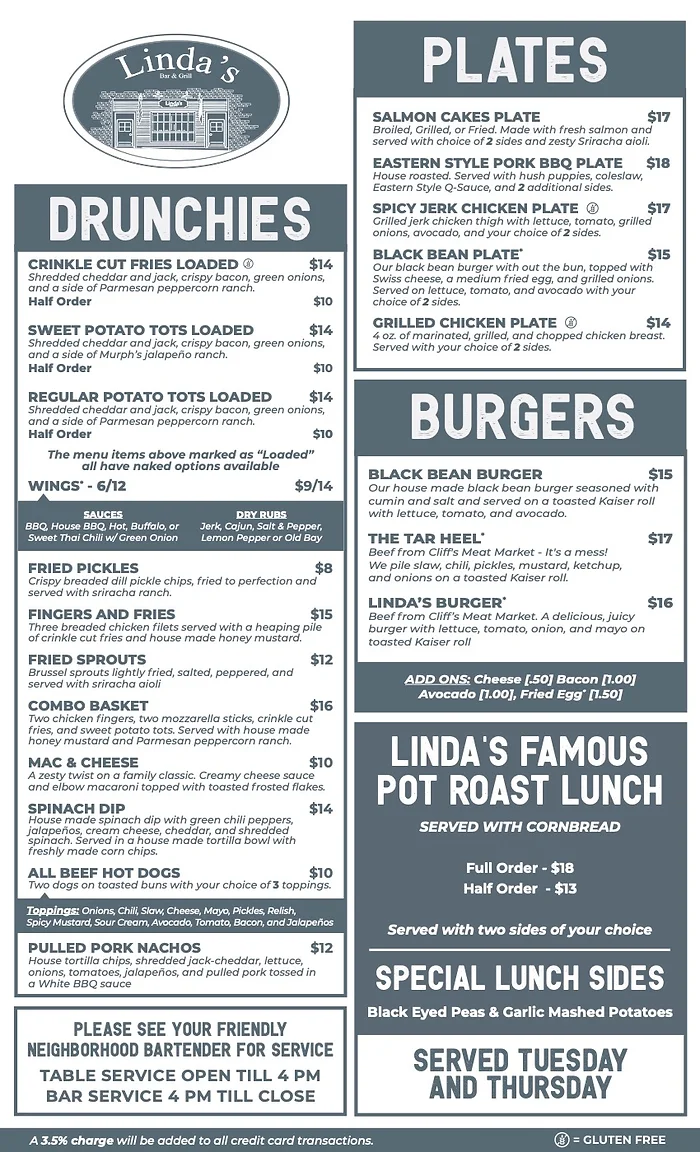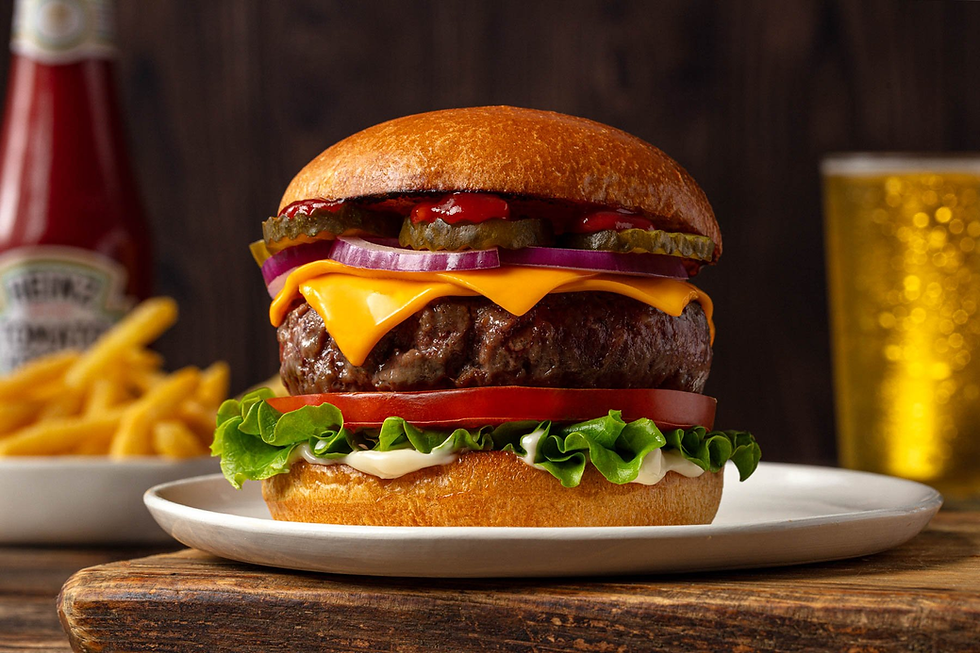How to Use Menu Engineering to Boost Profits
- Jason Calderon
- Jun 3
- 4 min read
In today’s competitive food industry, your menu isn’t just a list of items - it’s a PROFIT STRATEGY. At JC Designs, we help restaurants turn their menus into silent salespeople through a process known as menu engineering. By analyzing item performance, designing for eye flow, and strategically pricing, you can boost both average check size and overall profitability; all without raising prices across the board.
Menu engineers Michael L. Kasavana and Donald J. Smith from Michigan State University have researched and determined that items typically fall into four categories:
Stars – High popularity, high profit
Plow Horses – High popularity, low profit
Puzzles – Low popularity, high profit
Dogs – Low popularity, low profit
Your job, as a restaurant owner, is to feature Stars, fix or push Puzzles, rework Plow Horses, and cut or minimize Dogs.
Step 1: Analyze Menu Item Performance
The first step in menu engineering is understanding how each item performs in terms of both sales volume and profit margin. Using your sales data, categorize each dish into one of four groups: Stars, Plow Horses, Puzzles, or Dogs. This allows you to identify which items drive revenue, which may need pricing adjustments, and which should be promoted, reworked, or potentially removed. By basing decisions on actual performance data rather than guesswork or emotions, you can take a strategic approach to building a more profitable menu.
Step 2: Design for Eye Flow
People read menus in predictable patterns. Strategic layout can guide them toward profitable decisions.
GOLDEN TRIANGLE: Customers first look at the center, then top right, then top left.
STARS TO THE STAGE: Use boxes, borders, symbols, or icons to draw attention to your Star items.
HIT THE BRAKES: People are indecisive. Limit choices per section (5–7 items max) to reduce decision fatigue.
LIMIT THE PICTURES: Use high-quality images sparingly, and only for high-margin items that you know will sell.
Example: For Linda’s Bar and Grill, we created a streamlined menu layout with visual emphasis burger specials. We placed the Pot Roast Lunch in an accentuated location and inverted the colors around it.

Step 3: Write Descriptions That Sell
Menu descriptions influence perceived value. Focus on sensory language, sourcing, and story (but always know your audience).
Weak:
“Chicken fingers with fries”
Better:
“Crispy breaded chicken tenders served piping hot alongside golden crinkle-cut fries, with a side of house-made honey mustard”
At Linda’s Bar & Grill, we enhanced the appeal of menu staples by rewriting descriptions to emphasize texture, preparation, and indulgence.
For instance, the original Fried Pickles description:
“Crispy breaded dill pickle chips, fried to perfection and served with sriracha ranch”
was already solid. But with a few tweaks, it became:
“Hand-breaded dill pickle chips fried until golden and crispy, served with a cool, spicy sriracha ranch for the perfect tangy crunch”
Even small language upgrades like changing ‘served with’ to ‘paired with’ or emphasizing ‘golden and crispy’ instead of just ‘fried’ improve how customers visualize the food—and what they’re willing to pay for it.
With better storytelling, dishes feel special, more crave-worthy, and better aligned with their price. That is precisely the power of language in menu engineering.
Step 4: Price Strategically
Pricing isn’t just about numbers—it’s about perception. When done well, pricing can guide customers toward higher-margin items and increase check sizes without anyone feeling like they overspent. Menu engineering uses subtle cues to influence spending behavior.
Here are some general techniques for strategic pricing:
Avoid price columns—listing prices in a straight right-hand column makes diners price-shop. Instead, tuck prices into descriptions or use more subtle formatting.
Drop the dollar signs—research shows removing "$" reduces price sensitivity.
Use anchor pricing—place a premium item near standard ones to make the others feel like a better deal.
Bundle smartly—offering combos or add-ons can increase order value (especially in pizza and burgers).
Example: Linda’s used tiered pricing and add-ons effectively in their burger section. The Linda’s Burger starts at $16, but diners can customize it with cheese, bacon, avocado, or a fried egg. These add-ons (ranging from $0.50 to $1.50) are low cost to the kitchen but significantly boost per-ticket revenue.
Imagine a guest who adds avocado and an egg—that's $2.50 extra on a $16 order, increasing the check by over 15% for minimal extra food cost. This approach gives diners control and personalization while helping the restaurant maximize profit per plate.
Step 5: Refresh Seasonally and Test
Menus shouldn’t be static. Quarterly updates keep your brand fresh and allow you to test new dishes.
At JC Designs, we create print-ready and digital menus that are easy to update seasonally, integrating QR codes and automatic syncs to ensure consistency across touchpoints.
Final Thoughts
Menu engineering isn’t about tricking customers—it’s about aligning your restaurant’s goals with your customers’ decision-making behavior. When design, pricing, and data work together, your menu becomes your most powerful profit tool.
Need help redesigning your menu for profit and performance? Let us help you out! Reach out to us here.



Comments